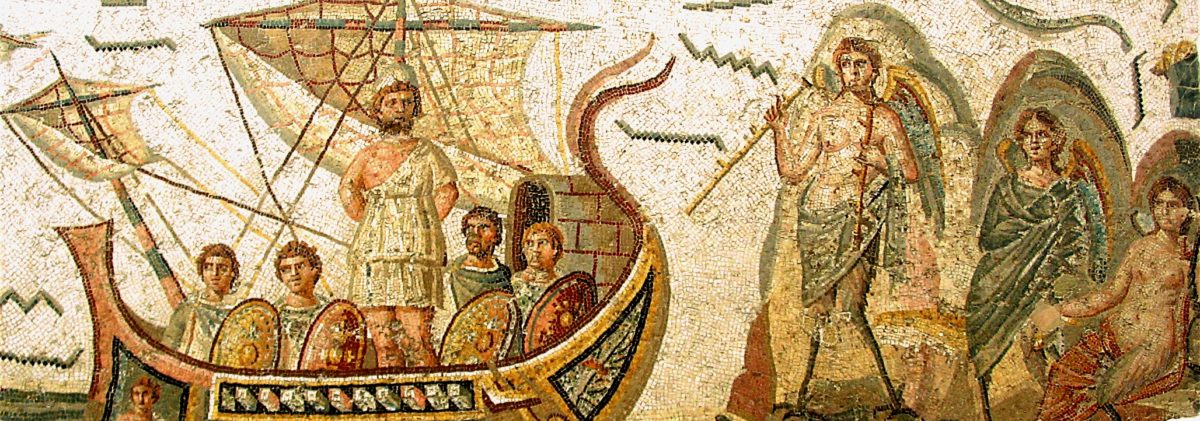Someone on Quora recently asked the question “Is there a real reason why ancient armies didn’t have female soldiers, or was it just sexism?” This question immediately triggered a whole flurry of defensive replies from various male military history buffs proclaiming all the reasons why women are supposedly naturally unsuited for ancient warfare and why it was supposedly perfectly logical for ancient militaries to exclude women.
The most upvoted answer to the question is this one, written by a man named Alex Mann, arguing that women are naturally physically shorter, weaker, and smaller than men, that pregnancy and menstruation would hinder them from fighting, and that they would be an overall detriment to any ancient army. The answer currently has 2,722 upvotes and hundreds of comments, many of them showering praise on the author for his supposed clarity and perceptiveness.
Other men have provided answers drawing similar conclusions. The arguments that these men present, however, are demonstrably quite shoddy. In this essay, I intend to demonstrate that there is, in fact, no logical reason for an army to have a rule categorically excluding all women and that the real reason why women were excluded from ancient militaries is indeed simply sexism.
Continue reading “Why Were Women Prohibited from Fighting in Most Ancient Societies?”









